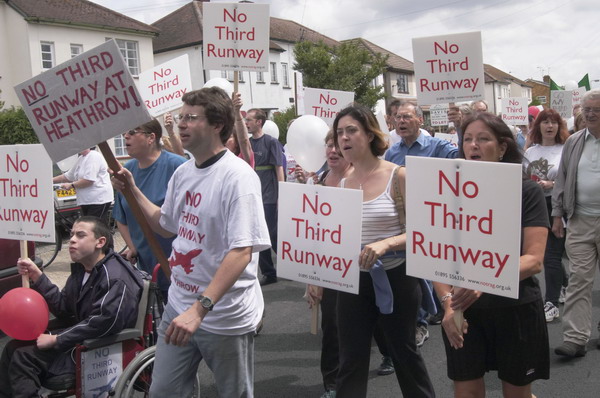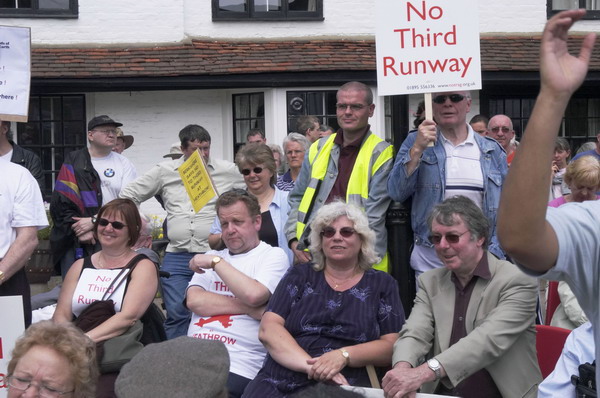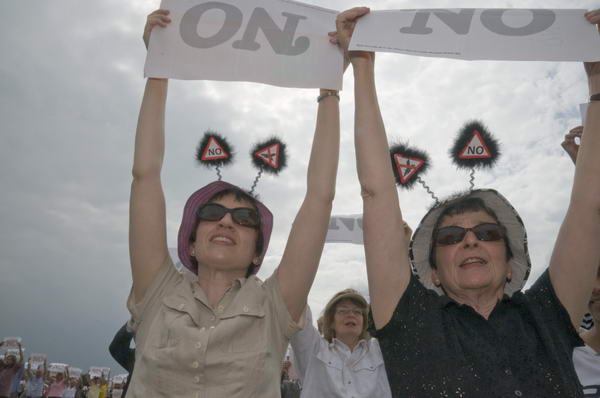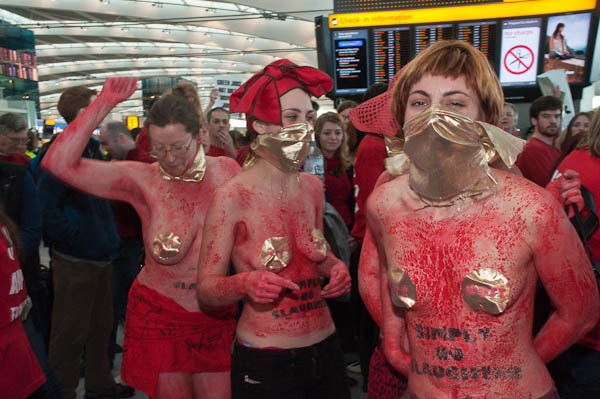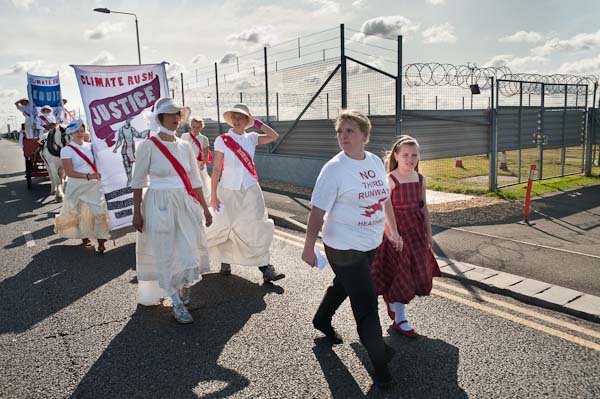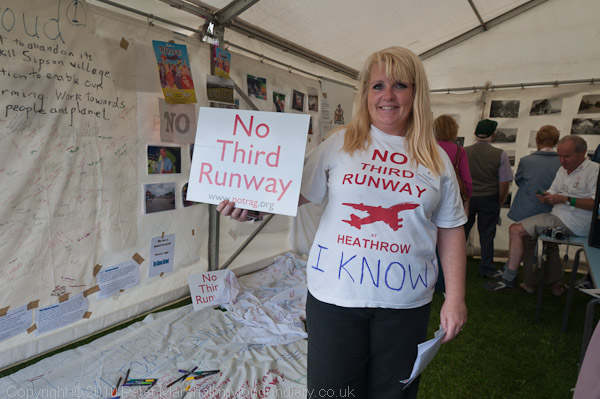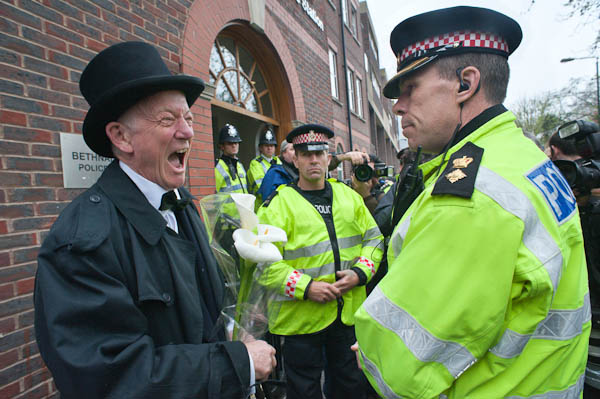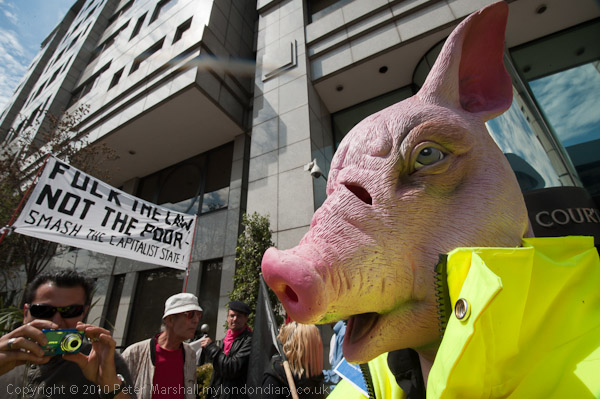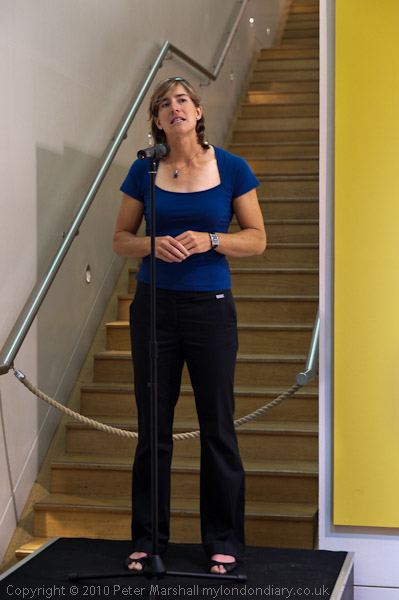Peter Sekaer (1901-50) was a Dane who went to New York in 1918, setting up a business producing posters for shop window displays. In 1929 he joined the National Art Students League to study painting meeting Ben Shahn, who probably got him interested in photography and also introduced him to Walker Evans. In 1933 he studied photography with Berenice Abbott at the New School for Social Reasearch and assisted for Walker Evans who was photographing artworks at the Museum of Modern Art.
Sekaer also went with Evans on his Resettlement Administration/Farm Security Administration (FSA) trip to the South, taking some pictures of similar subjects as they travelled around together. From 1936 to 1942 he worked for various US government agencies including the Rural Electrification Administration (REA), the United States Housing Authority (USHA) and the Office of Indian Affairs, working briefly for the Office of War Information (OWI) in 1941.
In 1945 he gave up working for the government agencies (and the American Red Cross) to freelance, moving to New York in 1947 where he did magazine and commercial work. A heart attack killed him in 1950, aged only 49.
Solo shows of his work took place at the Witkin Gallery, New York in 1980, in Copenhagen in 1990 and at Howard Greenberg Gallery in 1999. Books were published alongside the latter two shows. Currently the High Museum of Art in Atlanta, USA, which recently acquired 70 vintage prints of his work has a show ‘Signs of Life‘, Photographs by Peter Seaker, which continues until Jan 9, 2011 and there is also an accompanying book.
Searching for pictures under Sekaer’s name at the Library of Congress produces surprising few results; a set of images of an FSA trailer camp at the Vultee Aircraft Plant in Nashville Tenesse, taken in May 1941 for the OWI, and two earlier images, only one of which is on line. The trailer camp pictures are undistinguished, a fairly dreary record of the site. The other picture shown, of mothers and children at the doorway of a brick home in a former slum area for the USHA, is a little more interesting but also rather routine.
The Library of Congress does include many fine photographs from the less well-known government agencies for which Sekaer mainly worked, taken by other better-known photographers – for example Arthur Rothstein. There are also some very run of the mill unattributed images. But unless I’ve missed something Sekaer appears to have produced little or nothing of worth for these agencies.
You get a rather more positive impression of him as a photographer by searching at the Addison Gallery of American Art which produces 17 results, one of which shows a page from a scrapbook containing 725 small prints by him (27 or 28 on the page shown appear to be contact prints including several frames of some subjects.) Not all of the other 16 pictures are on-line.
There are some nice touches visible in some of those which are. A young woman is posed behind a restaurant window in Charleston which has a cup of tea and a fish painted on it; the collar of her dress appears as a heart. But looking at most of them I can’t help thinking of rather stronger images of similar scenes by Walker Evans, Helen Levitt and others.
Sekaer’s ‘artist’ pages at the Howard Greenberg Gallery which include 25 images concentrates even more on those that make him seem heavily under the spell of Walker Evans. But frankly they just are nothing like as good. He isn’t a bad photographer, but just rather ordinary when compared with Evans – as most of us would be. But there are two or three images that perhaps show something rather more personal, all including people. Images 19 – Lousiville, 1938, with two women and a child with an upturned tricycle and 21 – Untitled, 1938, with and old woman wrapped in a shawl on her front step, for me stand out above the rest.
Sekaer was obviously a proficient photographer, and doubtless his work adds something to our knowledge of the era he photographed, and the book may well be of interest. It’s good to see publications and shows of some of the minor figures of photography – and there were very many of them – whose contribution to photography is more in their collective input than in individual work. There are hundreds if not thousands more like him, and it would be good to see more of them recognised for what they are. But don’t let’s make them out to be overlooked geniuses.
You can read more about Sekaer and the High Museum show in a feature in the New York Times. Apparerently 53 or the works in the museum were acquired from the Howard Greenberg Gallery, and the piece quotes Greenburg as saying that had he lived to promote his work “he would have had a great reputation.” Earlier the writer seems to suggest that Walker Evans is better known because he “lived into his 70s and promoted himself as an artist as well as a documentarian.”
I have news for Eve M. Kahn – and also Mr Greenburg (though I think he already knows it but also knows his business.) Walker Evans is better known because he was an incomparably better photographer.

